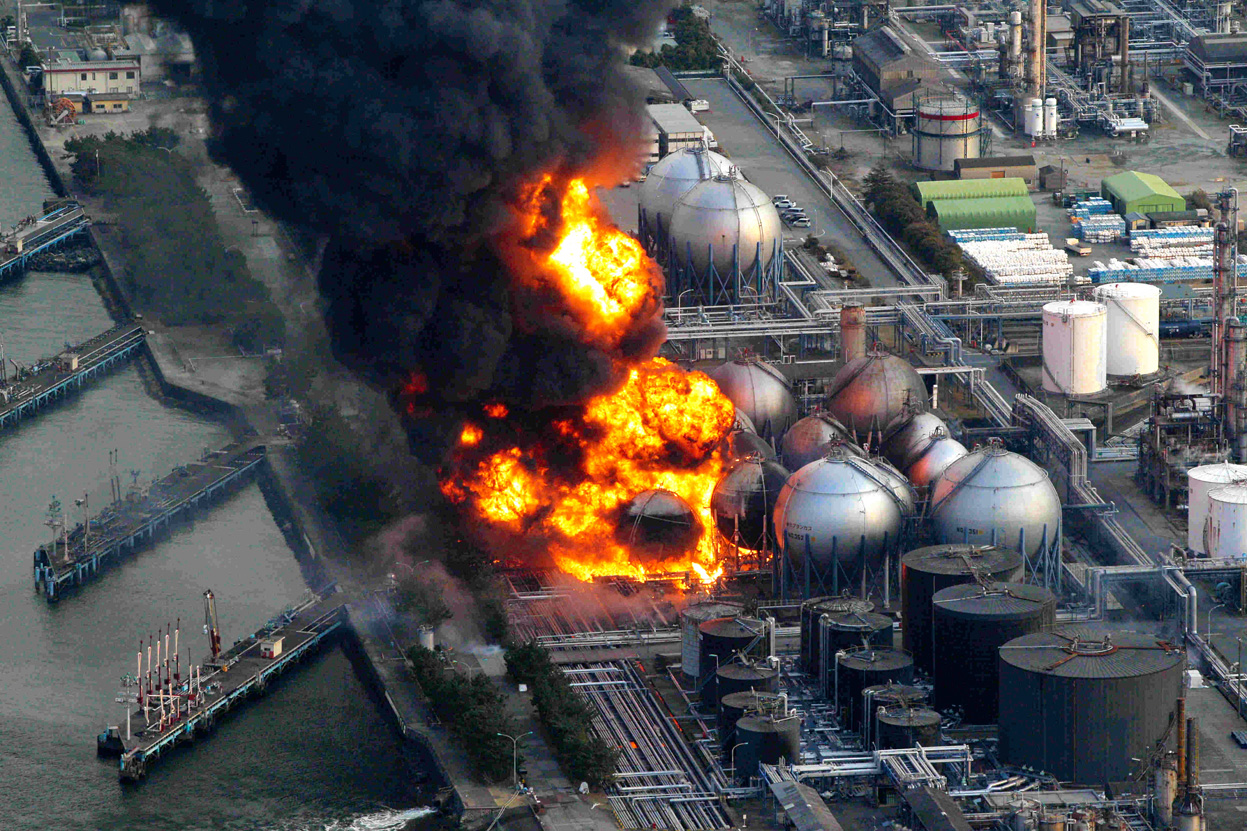I will show you two pictures. The first picture is of how much area of the U.S. it would take for us to power the world. Though they wouldn't have to be where the area is shown or all be in one place. The second picture I will show is how much area of the U.S. it would take to just power the U.S. It shows an area that is about 140 miles per side. But Elon Musk thinks it could be done with a total size that is about 100 miles per side. And his engineering talents have made him a multi billionaire. So don't be too quick to discount what he says.
Also, I was reading that a little over 50% of the roofs in the U.S are facing the right direction to have solar panels on them. And if they did, that would create around 40% of the electricity that the U.S. uses. But in the pictures I showed, those are the total areas to create all the electricity that is needed. So for the area that shows what would be needed to power the U.S., if those 50% of rooftops had solar panels on them, the area that would actually be needed would only be 60% of the area shown.
Here is another thing that I'm not sure about what the pictures show. Are they talking about all the power the world or U.S. uses? Or are they talking about how much electricity the world or the U.S. uses. Because here in the U.S alone, we use a LOT of gasoline. Would those areas have to be enlarged by about 1/3 by switching to all electric vehicles? I just don't know.


Also, I was reading that a little over 50% of the roofs in the U.S are facing the right direction to have solar panels on them. And if they did, that would create around 40% of the electricity that the U.S. uses. But in the pictures I showed, those are the total areas to create all the electricity that is needed. So for the area that shows what would be needed to power the U.S., if those 50% of rooftops had solar panels on them, the area that would actually be needed would only be 60% of the area shown.
Here is another thing that I'm not sure about what the pictures show. Are they talking about all the power the world or U.S. uses? Or are they talking about how much electricity the world or the U.S. uses. Because here in the U.S alone, we use a LOT of gasoline. Would those areas have to be enlarged by about 1/3 by switching to all electric vehicles? I just don't know.





